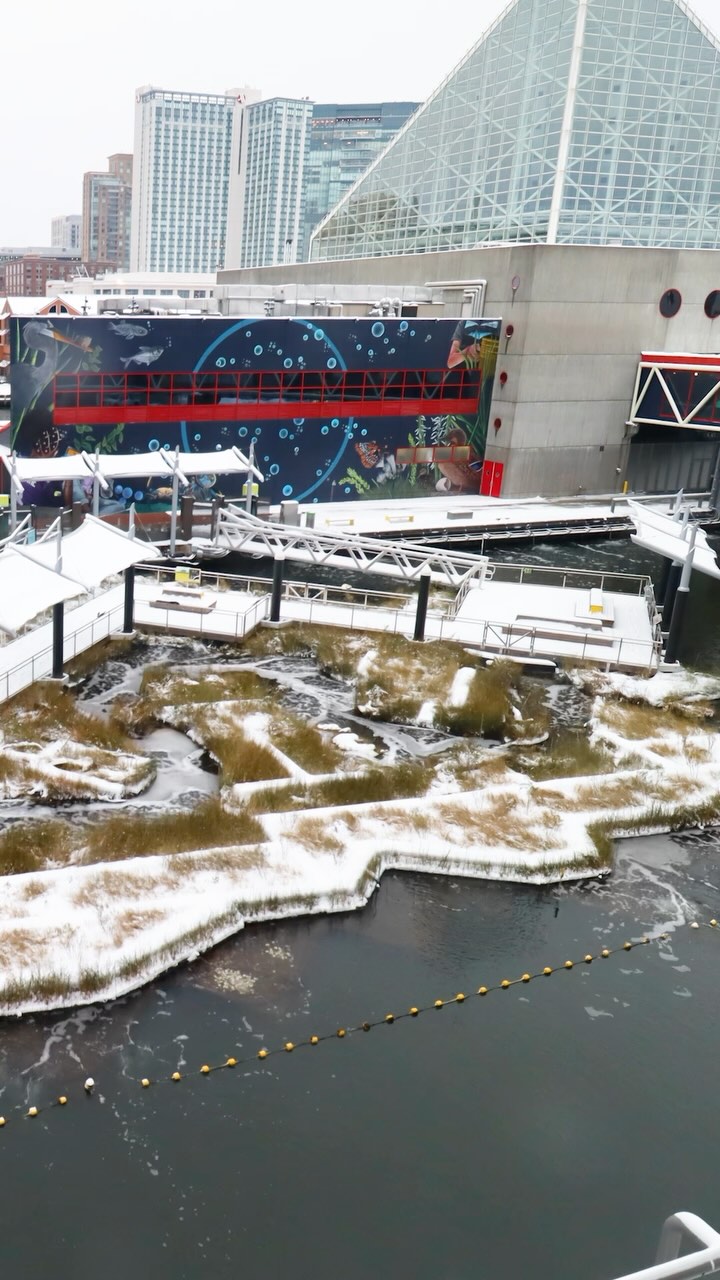- The ecological significance of the Harbor Wetland and its transformation during a snowstorm.
- Plant and animal adaptations to snowy environments in wetland ecosystems.
- Impacts of snowstorms on wetland hydrology and nutrient cycles.
- Conservation efforts in maintaining biodiversity in temperate wetlands like the Harbor Wetland.
- Role of zoologists and wildlife managers in protecting wetland species during extreme weather events.
The Harbor Wetland’s blanket of snow, laid down by yesterday’s snowstorm, provides more than a picturesque winter scene. These vital ecosystems are teeming with biodiversity and possess intricate roles in the environment. Wetlands, such as the Harbor Wetland, act as natural water filters and provide habitat for many species. Experiencing a snowstorm shifts both the visual landscape and the ecological dynamics within.
Snow coverage can alter the ecological interactions and energy dynamics within wetlands. Snow insulates, buffering against harsh winds, and helps maintain a stable temperature within the wetlands. It imparts an unexpected shelter — a phenomenon crucial not only for plants but also for the animal inhabitants of these marshy realms. Water-loving plants like grasses and reeds are better insulated from sudden temperature dips. For many animals, snow provides camouflage against predators and offers a unique substrate for foraging.
Plant and animal life in snowy wetlands are adroitly adapted to endure the seasonal transformations. This adaptability encompasses changes both at the physiological and behavioral levels. Wetland vegetation has evolved to withstand temporary ice cover and reduced sunlight. Grasses and sedges, for example, continue to photosynthesize under snow cover due to their specialized structures and metabolic adaptations. Key amphibians and reptiles enter a state of brumation beneath the icy blanket, reducing their energy requirements drastically.
In terms of animals, birds like the American bittern use the snow-covered environment to their advantage. Their plumage matches the environment’s coloration, making it easier to avoid predators. Species such as beavers alter their foraging behaviors to maximize efficiency in a landscape muted by snow. They often stockpile supplies before winter to tide them over, displaying remarkable foresight in response to seasonal cues.
The heavy snow influences the hydrology and nutrient cycles in significant ways. Snowmelt is a crucial phase, as it gradually releases stored water to the ecosystem, replenishing water tables and flushing nutrients through the soil. This slow release contrasts with rainfall, which can lead to quick run-off and potential erosion. The nutrient pulses of snowmelt are often followed by bursts of productivity, supporting new plant growth and increased animal activity.
Ensuring the conservation of these diverse habitats is imperative. Wetland conservation has taken center stage in environmental stewardship efforts due to the critical ecosystem services these areas provide. Biodiversity here is sensitive to climatic and human-induced changes. Snowstorms and resulting conditions can strain these ecosystems, highlighting the need for integrative management practices. Programs focusing on wetland conservation are pivotal. These initiatives often aim to restore wetland connectivity and manage water levels, maintaining favorable conditions for flora and fauna.
Zoologists and wildlife managers play an essential role in protecting wetland species against such meteorological events. They employ measures that include habitat assessments and creating buffer zones where human agriculture and development have encroached upon wetlands. Effective wildlife management plans in these locales require accurate data on population dynamics and habitat usage patterns. These data sets are integral to forming strategies that mitigate adverse impacts from severe weather, ensuring that these areas remain refuges for the species they support.
In conclusion, as demonstrated by yesterday’s wondrous snowstorm, the importance of the Harbor Wetland extends beyond its winter beauty. This snow-covered landscape offers vital ecological services and shelters diverse flora and fauna, each uniquely adapted to this environment. The Harbor Wetland remains an ecological treasure, reflecting the necessity of its protection and careful study, ensuring that its splendor and utility continue to be a feature of our natural world.
*****
Source Description
Harbor Wetland got dressed up in white during the snowstorm yesterday! ❄️🤍


